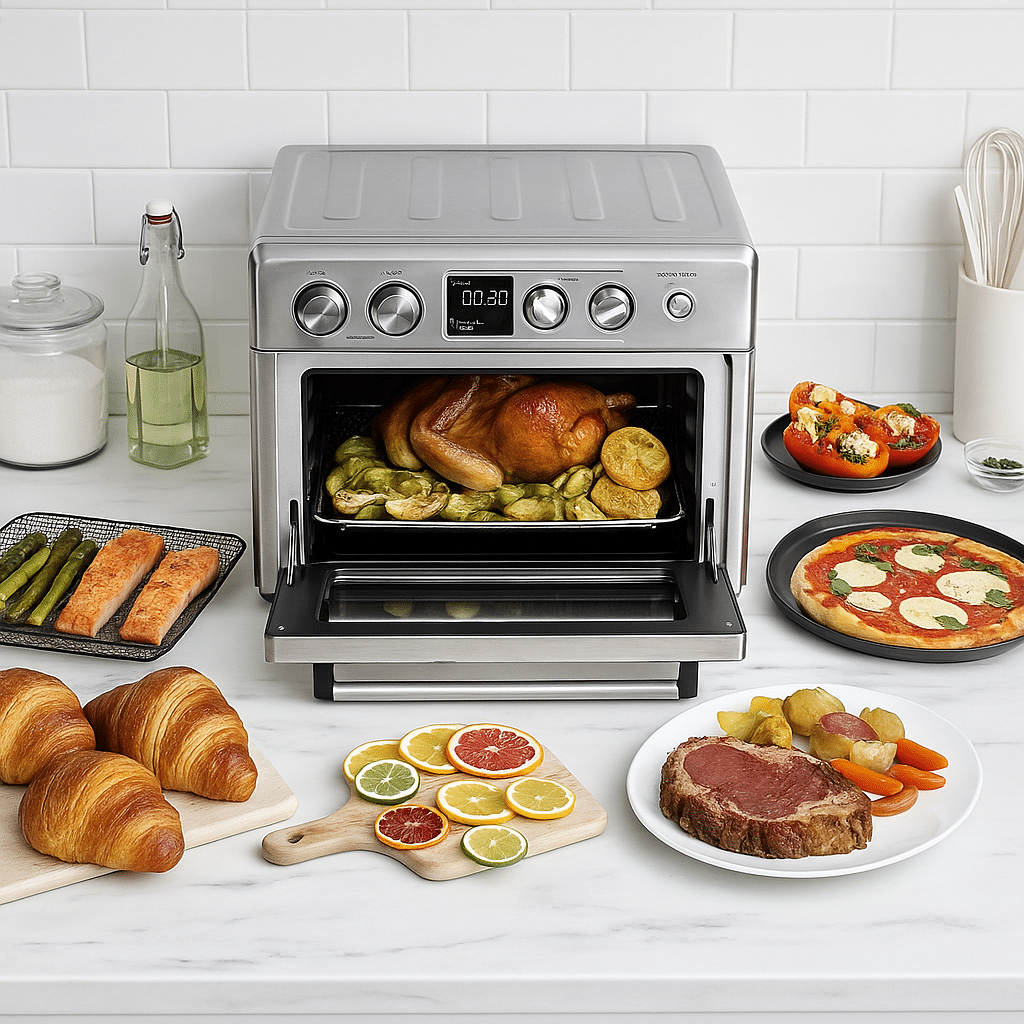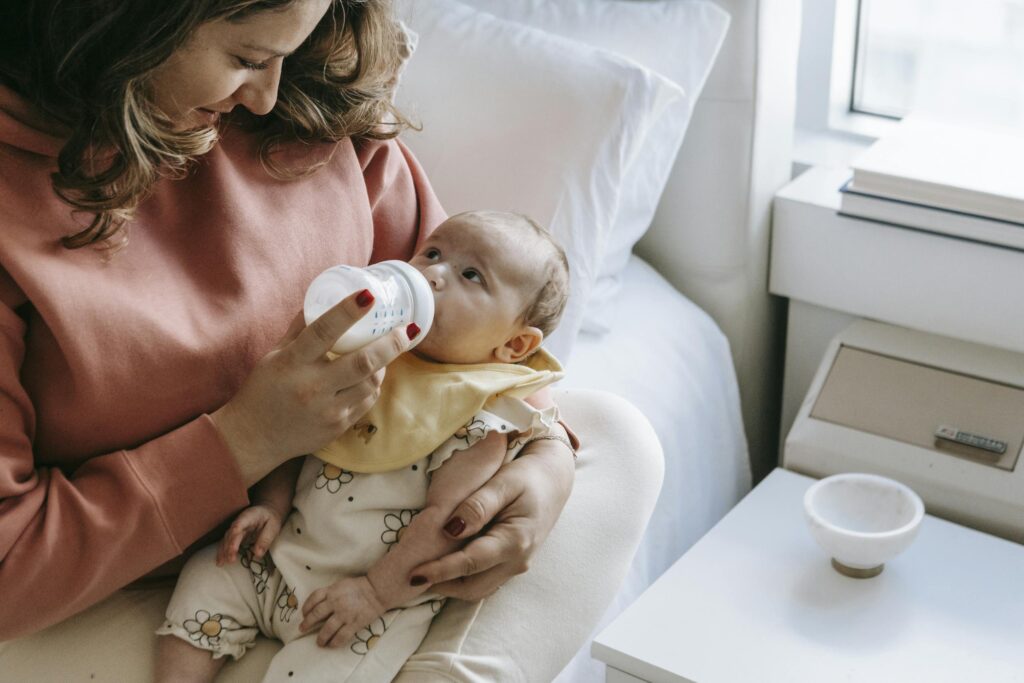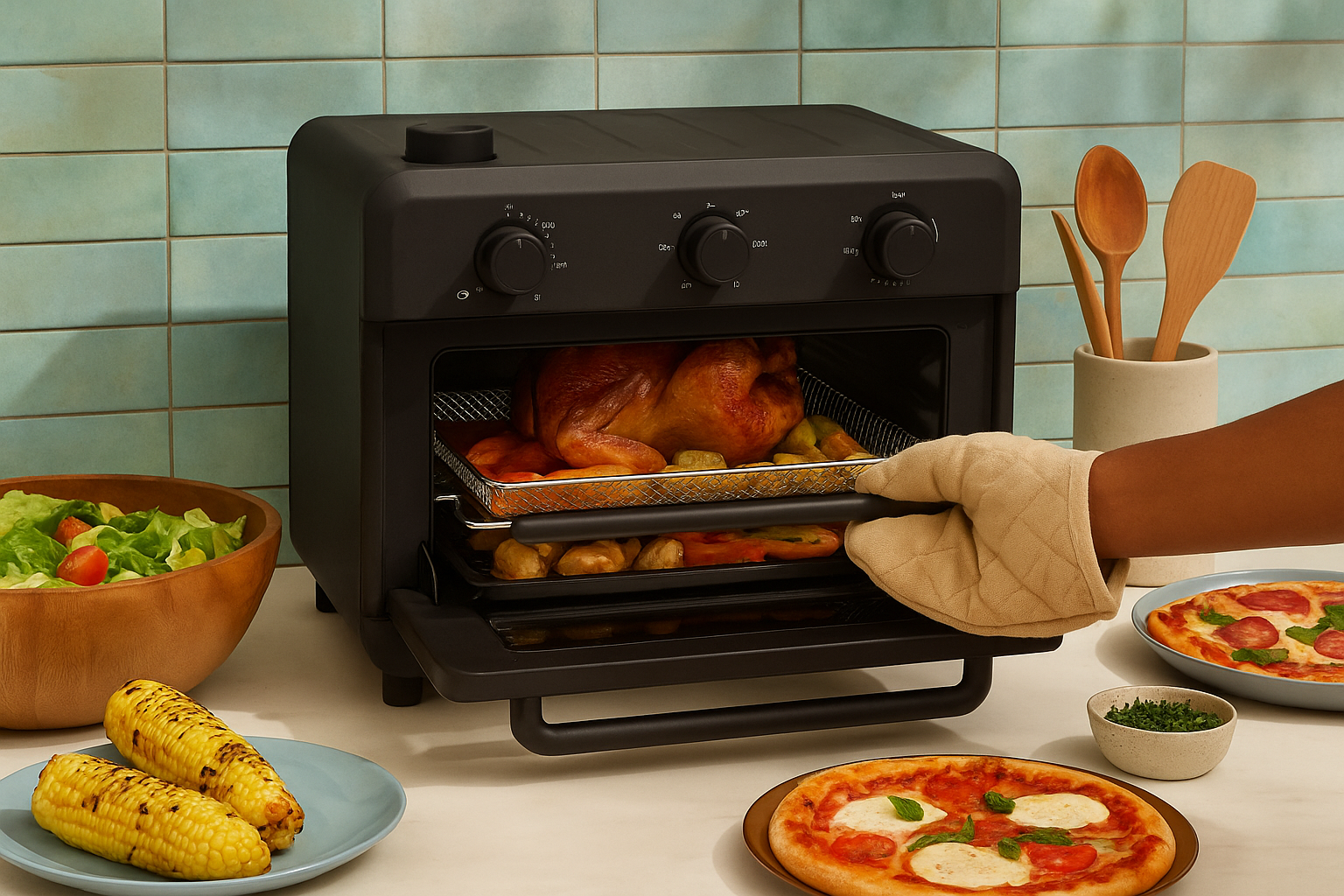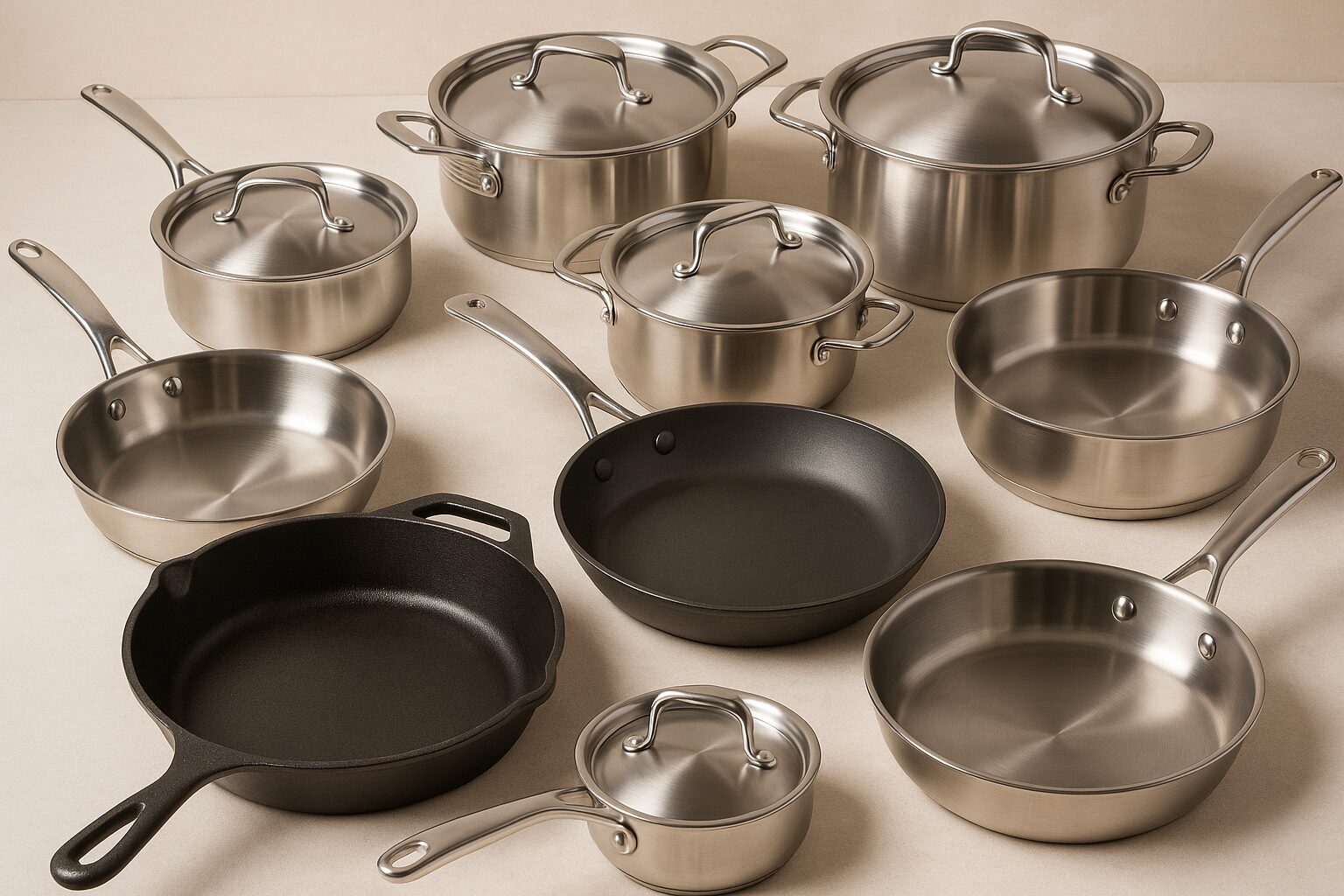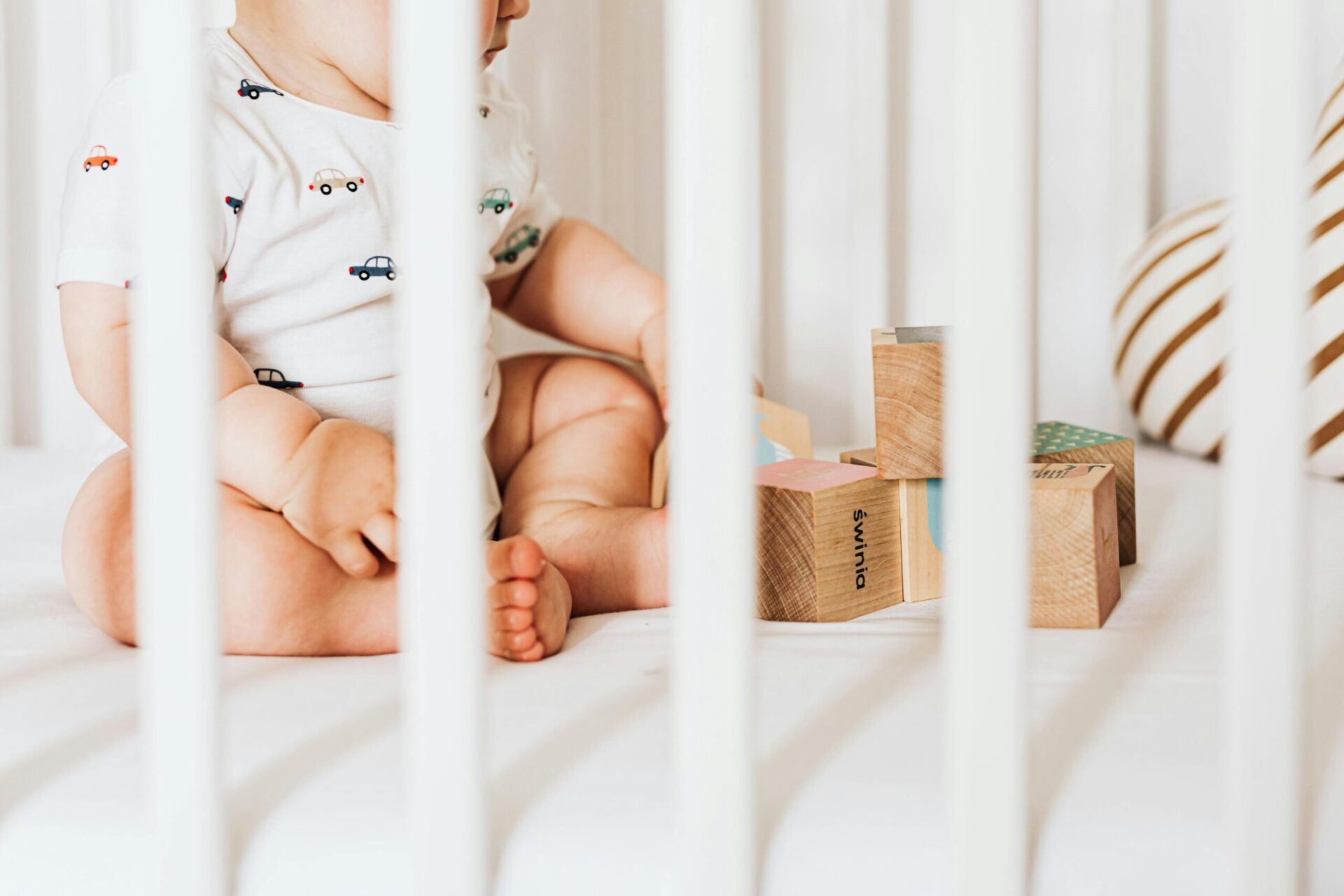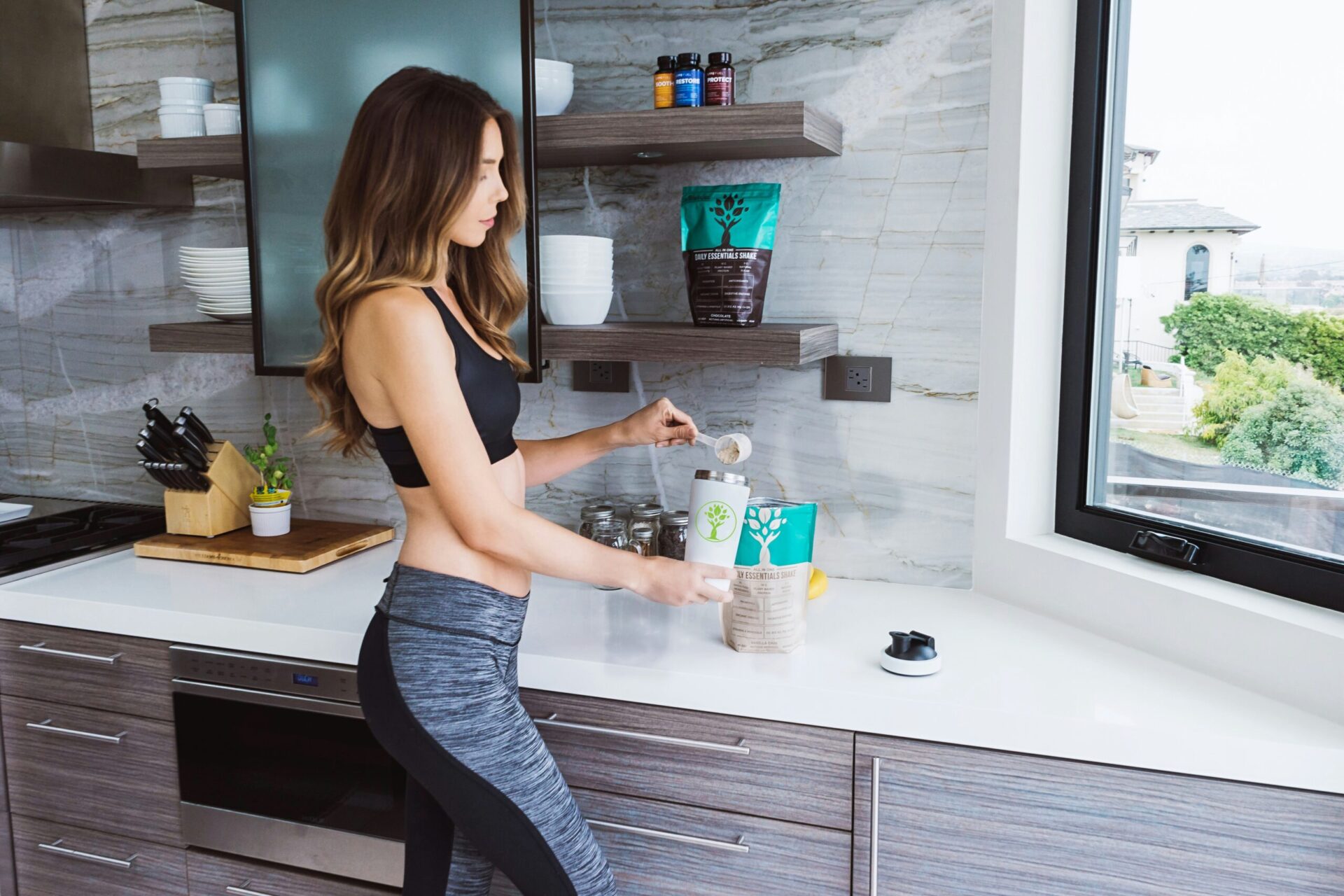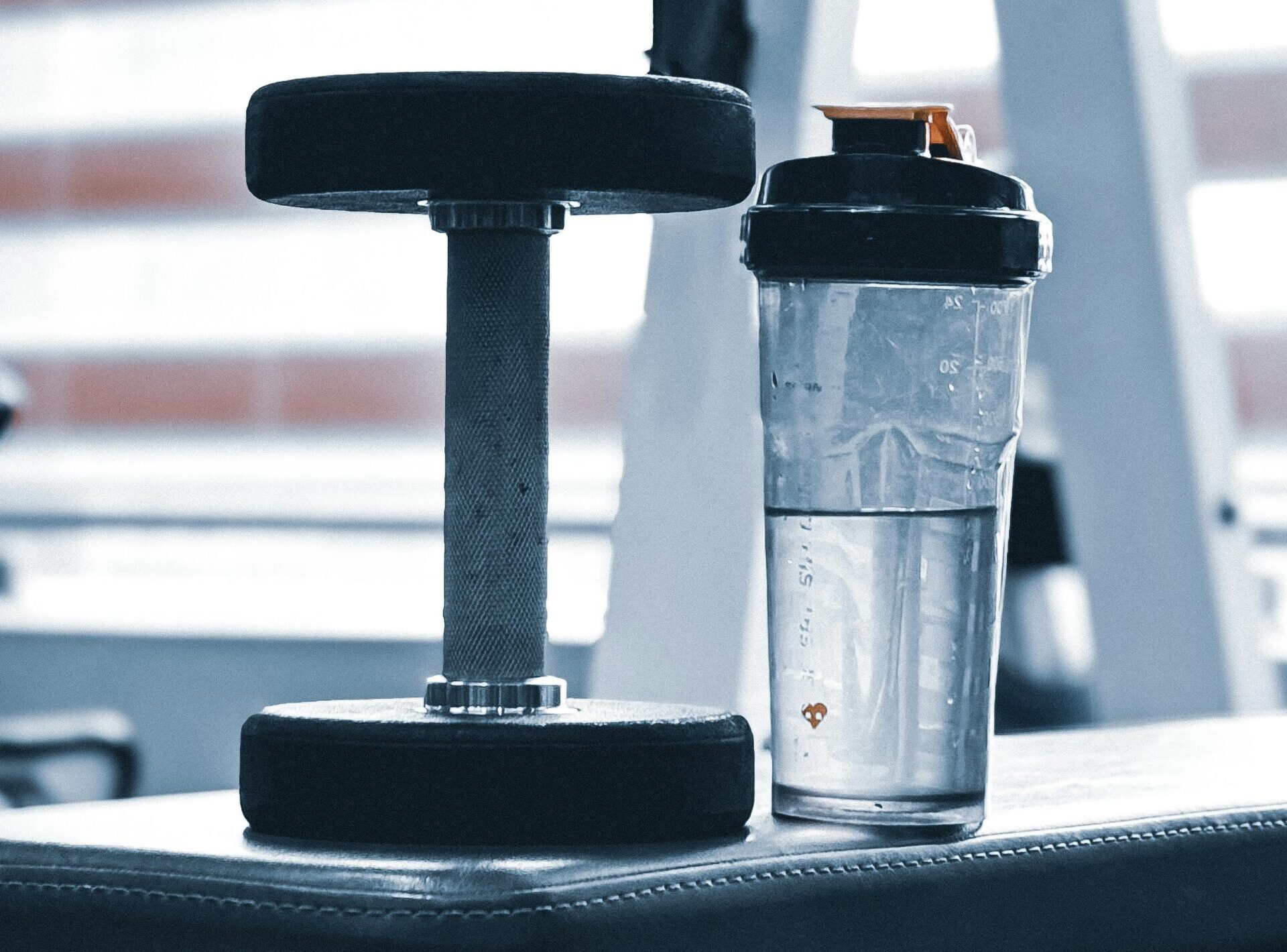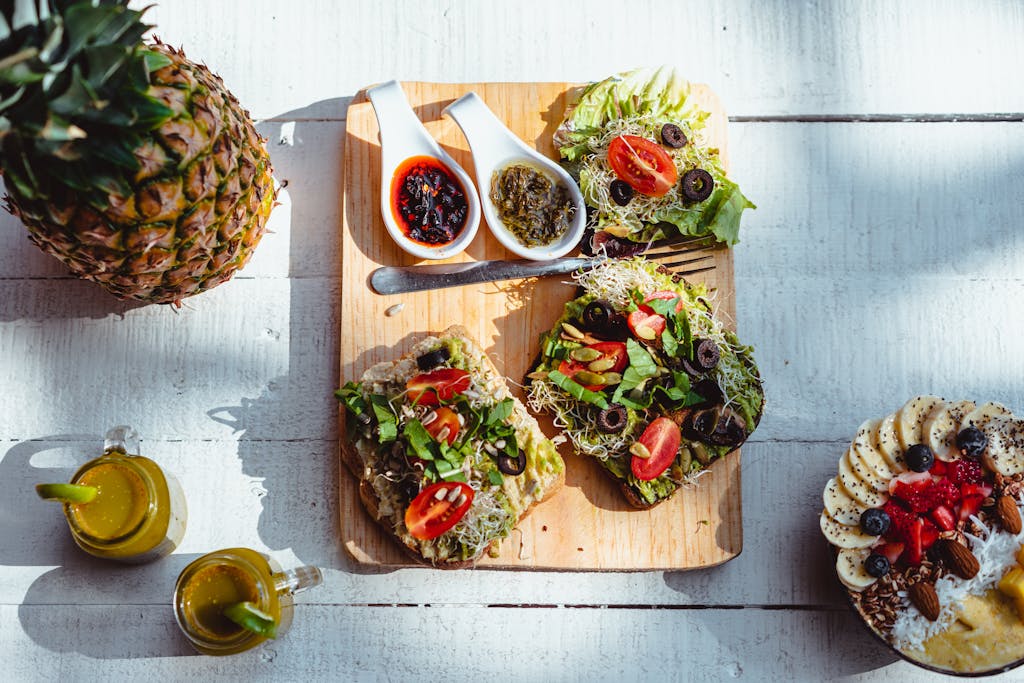
Are your cutting boards silently contaminating your food? If you’re still using old plastic boards, the answer might be yes. Studies show that chopping on plastic can release thousands of tiny microplastic flecks that end up in your meals. Many plastic boards also contain chemicals like BPA and phthalates that can leach out, especially as the surface gets knife-scarred.
The solution is simple: switch to non-toxic cutting boards. These are boards made from safe, natural materials (like solid wood, glass, or metal) that won’t shed harmful particles or leach toxic chemicals into your food.
In this post, we’ll dive into why non-toxic boards are a must for a healthy kitchen, what to look for when choosing one, and we’ll recommend the best non-toxic cutting boards made of wood, glass, or metal. It’s time to ditch those plastic chopping blocks and cut out the toxins for good!
Why Switch to Non-Toxic Cutting Boards?
Plastic cutting boards can be surprisingly toxic. Each slice creates grooves that trap bacteria and release microplastics you may end up ingesting. Even “BPA-free” plastic isn’t risk-free—plastics often contain other additives or pick up harmful chemicals during recycling. If your board looks fuzzy or scratched, that material has gone into your meals.
Toxic additives are another concern. Many low-quality plastic boards contain BPA or phthalates, known hormone disruptors. Some bamboo or wood-composite boards use adhesives with formaldehyde (a carcinogen) or other VOCs. In California, these products require a Proposition 65 warning, which signals potential exposure to hazardous chemicals.
Non-toxic cutting boards avoid these risks. Made from safe, inert materials, they keep your food free from microplastics and industrial chemicals. As a bonus, quality wood, glass, or metal boards last longer and are more eco-friendly than disposable plastic options.
What to Look For in a Non-Toxic Cutting Board
Not all cutting boards marketed as “eco” or “natural” are perfectly non-toxic. Keep these criteria in mind:
Safe Materials
Choose solid hardwood, tempered glass, or stainless steel. Skip plastic and resin composites.
Food-Safe Finish
Stick with beeswax or natural plant oils. Avoid varnish, lacquer, polyurethane, or petroleum-based mineral oil.
No Antimicrobials
Skip boards treated with chemicals like triclosan or microban. Good cleaning beats chemical coatings.
Quality & Certifications
FSC-certified wood and GreenGuard low-emission boards are safer, more sustainable choices.
Prop 65 Check
Always scan the product listing. No Prop 65 warning = no flagged toxins in California testing.
By keeping these points in mind, you’ll be able to identify cutting boards that are truly non-toxic. Now, let’s explore the best materials and product options that meet these standards.
Non-Toxic Wood Cutting Boards
When it comes to a healthy, knife-friendly, and non-toxic cutting surface, you can’t beat a good wooden cutting board. High-quality wood is all-natural, renewable, and contains no chemicals that can leach into your food. In fact, wood has inherent antimicrobial properties – studies have found that wood boards naturally resist bacteria (bacteria tend to die off on wood, whereas they can persist in the cuts on plastic). Every chef will tell you wood is also gentle on your knives, preventing premature dulling.
What makes a wood cutting board non-toxic? Ideally, it’s one solid slab of wood with no glues and no synthetic finish. We also prefer boards finished with plain oil or wax. Many mass-produced wood boards are pre-finished with mineral oil (which is petroleum-based). Some newer brands boast using no mineral oil at all, opting for natural plant oils and beeswax – a plus for those avoiding petroleum byproducts.
Finally, consider the type of wood. Hardwoods like maple, walnut, cherry, acacia, and teak are popular for cutting boards. They’re durable but not excessively hard (so they won’t destroy your knives). Maple and walnut in particular are top choices for their fine grain and appropriate hardness. Teak is also excellent (it contains natural oils and is resistant to water and microbes). Just make sure any teak board uses an FSC-certified source, as teak is often imported – a good brand will highlight sustainable sourcing.
Best Glue-Free Non-Toxic Cutting Boards
Shop my full Etsy collection of glue-free, non-toxic cutting boards here →
When it comes to cutting boards, Etsy is one of the best places to shop. Unlike mass-produced boards that often use hidden adhesives, synthetic finishes, or petroleum-based oils, many Etsy makers handcraft their boards from a single solid slab of hardwood. That means no glue, no chemicals, and no Prop 65 warnings. Most are finished with simple, food-safe oils and waxes — and because you’re buying directly from the maker, you know exactly what’s gone into your board. Plus, you’re supporting small businesses that care about sustainability and craftsmanship.
Here are some of the best glue-free cutting boards you can find on Etsy:
1. RuggedWoodworkingUT Solid Wood Board
Handcrafted from solid hardwood slabs, finished with organic coconut oil, beeswax, and carnauba wax. No glue, no petroleum, just pure wood. They also sell organic cutting board oils and conditioners so you can maintain your board safely for years.
👉 Shop RuggedWoodworkingUT on Etsy
2. RusticFlitch Olive Wood Board
Each piece is carved from a single slab of olive wood — dense, durable, and naturally antimicrobial. Finished with organic oil, never chemicals or varnish. Rustic edges give every board a unique, organic look. They also plant a tree for every order, making it as eco-friendly as it is beautiful.
👉 Get the Rustic Olive Wood Board on Etsy
3. AdirondackKitchen Farmhouse Board
Choose from maple, cherry, or walnut — all carved from solid slabs with no glue or fillers. Finished with a homemade polish of organic coconut oil and beeswax. Optional juice groove and handle. They also offer their own Organic Cutting Board Butter for safe, petroleum-free upkeep.
👉 Shop AdirondackKitchen on Etsy
4. YDWoodshop One-Piece Walnut Board
Veteran-owned small shop crafting thick, solid walnut boards (also available in cherry). Finished with fractionated coconut oil and their signature Axel’s Board Conditioner (coconut oil + beeswax). Built for everyday use with heirloom quality.
👉 Shop YDWoodshop on Etsy
5. CharlesLongWoods Solid Maple or Cherry Boards
Simple, lightweight, and practical. Made from a single slab of maple or cherry and finished with 100% pure tung oil. No glue, no chemicals. Multiple sizes available.
👉 Shop CharlesLongWoods on Etsy
6. BlackAshWhiteOak Solid Wood Boards
Made from maple, cherry, or walnut with a vegan, plant-based finish of almond oil, grapefruit seed oil, palm fruit oil, rice bran wax, and hemp wax. Completely glue-free, petroleum-free, and chemical-free. Great as both a cutting board and charcuterie board.
👉 Shop BlackAshWhiteOak on Etsy
✨ Why these boards? They’re all one-piece, glue-free, and finished with natural oils — making them some of the safest, most sustainable choices you can bring into your kitchen. Some shops also offer natural conditioners to keep your board looking and performing beautifully.
Now that we’ve covered wood, let’s look at two other non-toxic cutting board materials worth considering: glass and metal.
Non-Toxic Metal Cutting Boards
It might surprise you to learn that metal cutting boards exist — and they’re quickly becoming popular for anyone seeking a plastic-free, non-toxic, and ultra-durable option. While stainless steel cutting boards are common, titanium has some unique advantages.
Stainless steel boards are safe, non-porous, and dishwasher-friendly, but they’re very hard on knives. Pure titanium, on the other hand, is slightly softer, which makes it gentler on blades while still offering the same hygienic, non-toxic benefits. The challenge is that many “titanium” cutting boards on the market are not truly titanium — they’re stainless steel with a coating or simply mislabeled.
That’s where the Taima Certified Pure Titanium Cutting Board stands out. It’s one of the only boards that’s been lab-certified as pure titanium.
Benefits of a Pure Titanium Cutting Board
In short, titanium cutting boards are one of the safest, longest-lasting options you can bring into your kitchen. And right now, Taima is the only brand offering a certified pure titanium board — making it the gold standard for non-toxic metal cutting boards.
👉 Shop the Taima Pure Titanium Cutting Board here
Non-Toxic Glass Cutting Boards
Glass cutting boards are made of tempered glass, which is shatter-resistant, non-porous, and completely inert. They won’t leach chemicals, harbor bacteria, or absorb odors, and they’re usually dishwasher-safe.
The downside? They’re extremely hard on knives. Daily chopping on glass will dull blades quickly, which is why many cooks reserve them for light tasks, serving platters, pastry work, or foods cut with serrated knives.
The benefits are durability and hygiene: glass boards don’t scratch, shed particles, or stain. Just handle with care—tempered glass is tough but not unbreakable. Look for versions with rubber feet to keep them stable and protect your counter.
One highly rated option is the Hacaroa Tempered Glass Cutting Board Set. This set includes four pieces of shock-resistant tempered glass in two different sizes. The glass is heat-tempered for durability and advertised as shatter-resistant and scratch-resistant. Each board has non-slip rubber feet on the bottom to keep it from sliding and to protect your countertop.
In summary, tempered glass cutting boards are a safe choice for food-contact (zero chemicals or residues) and are great for cleanliness. Just remember the trade-off: they will dull knives faster. Many people like to keep a glass board around for certain uses (like cutting raw meat or fish, since you can disinfect glass with ease, or for rolling dough or slicing bread) while doing most chopping on wood. If you’re extremely sensitive or immunocompromised and concerned about absolutely minimizing germs and chemicals, a glass board is worth having in your arsenal.
Maintenance and Care of Your Cutting Board
No matter which type of non-toxic board you choose, proper care will ensure it stays safe and lasts long:
Wood Board Care
Hand wash wooden boards with hot, soapy water after each use, and never put them in the dishwasher — heat and water can cause warping, cracks, and strip away oils. Dry upright or on the side so air can circulate. Keep the wood hydrated by oiling every few weeks with natural oils or waxes; this prevents cracks, seals out moisture, and blocks bacteria. For stubborn odors or stains, scrub with coarse salt and lemon or rinse with vinegar. With this simple care, a solid wood board will stay safe, beautiful, and long-lasting.
Titanium Board Care
Titanium cutting boards are about as low-maintenance as it gets. Simply hand wash or pop them in the dishwasher with regular dish soap. They don’t rust, but to keep them looking pristine, dry after washing to avoid water spots. If you notice any marks, a quick wipe with vinegar will restore the shine.
Glass Board Care
Most tempered glass boards are dishwasher-safe, which is great for sanitation. You can also hand wash them easily. Avoid dropping them or hitting the edges on hard surfaces. If the rubber feet are removable, clean underneath them occasionally. Glass boards don’t need any oiling or special treatment.
By caring for your boards, you’ll also maintain their non-toxic quality – a dried-out wood board, for example, might crack and harbor microbes, which you don’t want. A well-conditioned board, on the other hand, will repel water and bacteria better.
You may also find these Posts helpful
detox your kitchen today
Final Thoughts: Cutting Out the Toxins in Your Kitchen
Switching to a non-toxic cutting board is one of the simplest upgrades you can make in your kitchen. It cuts out chemicals, BPA, and microplastics, while giving you a surface that’s safer, sturdier, and longer-lasting.
Our top picks include solid hardwood boards, tempered glass for ultra-hygiene, and metal boards like certified pure titanium for unmatched durability. Each option is free from phthalates, formaldehyde glues, and other hidden toxins, so you can prep food with confidence.
With a little care your new board will stay beautiful and functional for years. And the difference is immediate: no plastic shavings in your food, no chemical smells, just a solid, non-toxic surface you can trust every day.
If you’re ready to make the switch, check out our handpicked Etsy collection of one-piece solid wood cutting boards for heirloom-quality craftsmanship, or upgrade to the ultra-modern Taima certified pure titanium board for a metal option that’s both non-toxic and built to last.
In short, upgrading your cutting board means protecting your health, your family, and the environment — all while making cooking easier and more enjoyable. Toss the plastic, and enjoy the peace of mind that comes with chopping on a board that’s truly safe.
join the newsletter
Want more non-toxic guides? Subscribe today.
